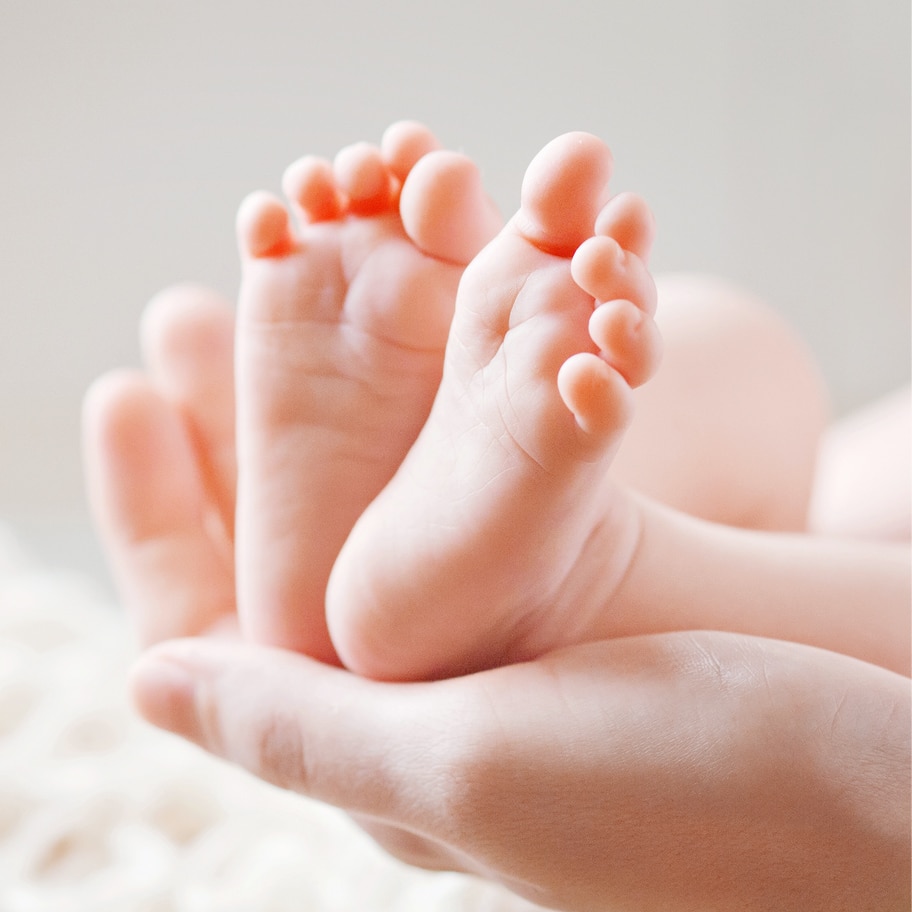What is Cerebral Palsy?
Cerebral Palsy is a long-lasting disorder that affects muscle tone movement and motor skills. Motor skills are the ability to move in a coordinated and purposeful way. It is one of the most congenital (existing before birth) disorders of childhood. It can also lead to other health issues such as speech, vision and hearing problems. These can extend to learning disabilities in children. There is no cure for cerebral palsy. However treatment, therapy, special equipment and in some cases, surgery can help children who are living with the condition.
Common Types of Cerebral Palsy
In legal terms there are two types of cerebral palsy cases. They are caused by negligence on the part of health professionals and non-negligent cases.
Spastic
This is the most common form. It affects the body’s ability to relax muscles causing rigidity meaning that control or movement will, therefore, be poor. Often a child will have severe learning difficulties and a reduced life expectancy.
Ataxic
This form has more subtle symptoms often associated with problems with balance, speech and perhaps shaky hand movements.
Common Causes of Injuries
It is worth mentioning that not all cases are due to the negligent management of a mother’s pregnancy, delivery or indeed the neonatal care given to the baby of health professionals. In fact, it is rare for problems/complications during a mother’s labour and delivery to cause Cerebral Palsy .In cases where negligence is not the case, cerebral palsy is caused by congenital malformation of the brain. Many cases are as a result of problems during pregnancy when a foetus brain is either damaged or does not develop normally. This can be due to infections, maternal health problems, a genetic disorder or something else that interferes with normal brain development.
In some cases, Cerebral Palsy is caused by negligence on the part of the doctor, nurse or midwife. There are a number of different mistakes, actions, misjudgements that can be made by the health professional during a mother’s pregnancy, labour and delivery or the baby’s immediate postnatal care that can cause cerebral palsy these can include:
- Failure of medical personnel to deal competently with an abnormal CGT trace and respond to changes in the baby’s heart rate. CGT is a monitor that tracks the baby’s heart rate and provides an indication of the well-being of the baby.
- Failure to recognise/treat/respond to a mother’s high blood pressure or toxaemia (this is blood poisoning from a bacterial infection).
- Misuse of Oxytocin/Syncline used to induce or accelerate labour.
- Injuries caused during delivery by forceps/vacuum.
- Injuries caused to the baby due to placental abruption or even incompetently performed resuscitation of a sick newborn.
- Leaving the baby in the birth canal for too long, leading to a lack of oxygen. This is known as intrapartum asphyxia.
- Failure to perform caesarean section where necessary.

